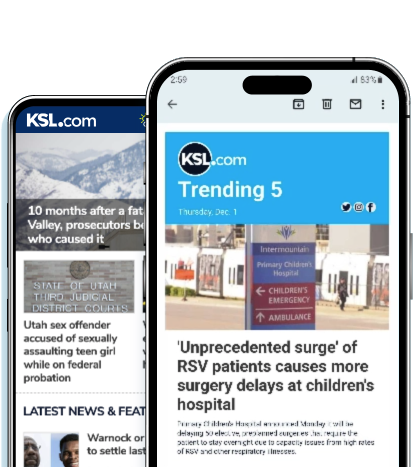Estimated read time: 2-3 minutes
This archived news story is available only for your personal, non-commercial use. Information in the story may be outdated or superseded by additional information. Reading or replaying the story in its archived form does not constitute a republication of the story.
SALT LAKE CITY -- In search and rescue cases, a cell phone can be the most important piece of equipment in your backpack. For the past few years, Utah has been trying to better locate people who call 911 on their cell phone. It's called E-911, with Phase II technology.
Jonathan Schilling, a supervisor at the Valley Emergency Communications Center (VECC) in West Valley, says it's amazing how far 911 technology has come. He showed us how a 911 call from a cell phone gets put on a map.
"We're able to get a display on our screen," Schilling said. "By actually having these GPS coordinates, we're able to pinpoint their location, sometimes within three meters."
For search and rescue teams, that's crucial.
"It means the location we receive is the location of the calling party," said William Harry, VECC executive director.
Of course, the biggest part for rescuers to find you depends on what cell phone service you have. Cell phone companies like Verizon, Sprint and Nextel use GPS technology in their phones for the Phase II system.
Companies like AT&T and Cricket use network solution triangulation, relying on cell phone towers for Phase II. However, if Phase II isn't available AT&T and Cricket go to Phase I, which also uses towers but isn't as accurate.
The other companies don't have Phase I, so no GPS coordinates. In rural areas, that's usually the case, which is why the state's E-911 Committee is trying to get all counties into Phase II, though it's been challenging.
"The rural counties don't have the population necessary to support the infrastructure," Harry said.
According to the E-911 Committee, counties such as Kane, Millard, Juab, San Juan, Grand and Daggett are still working on the Phase II system. July 1 was the deadline to apply for grant money for the system.
E-mail: acabrero@ksl.com








